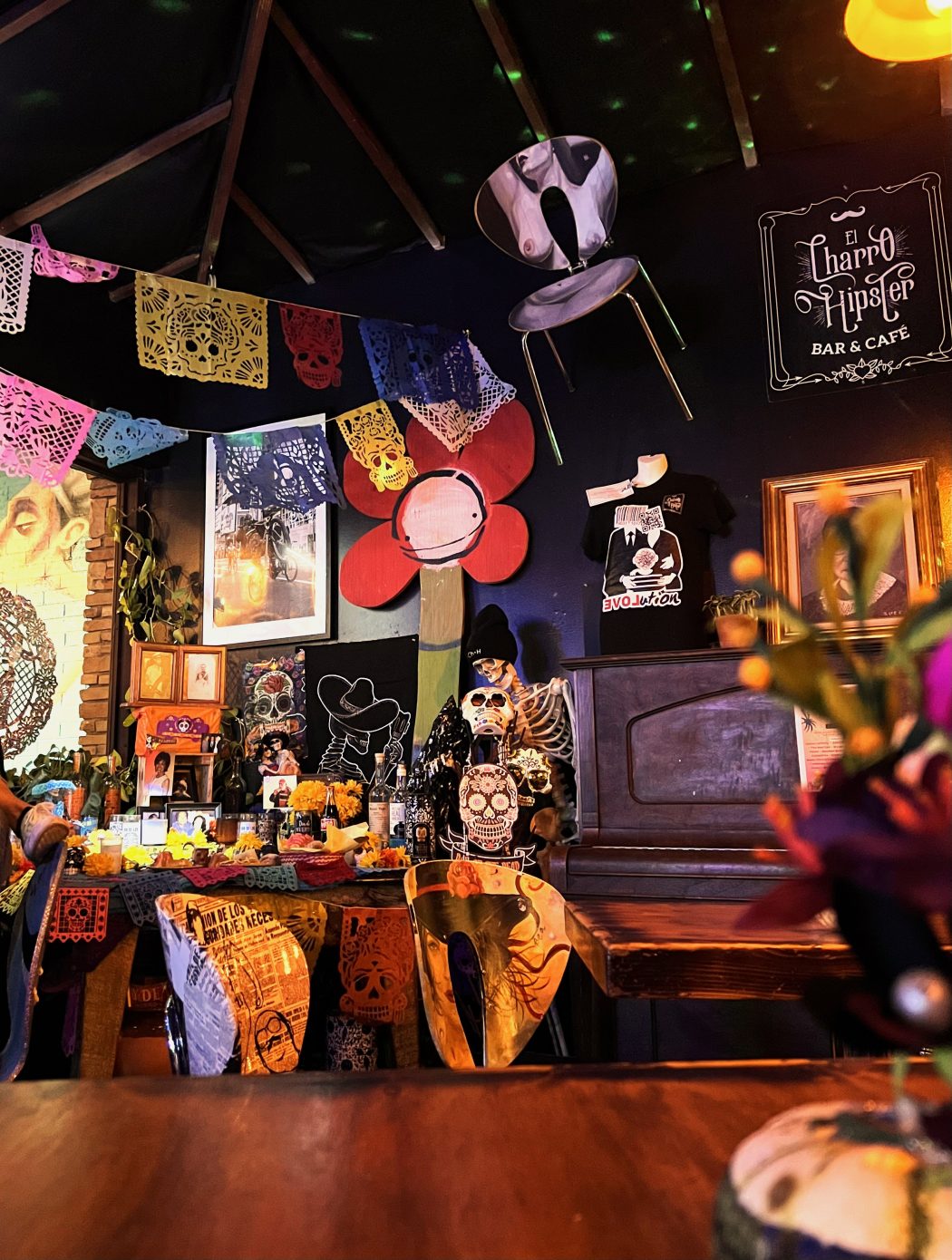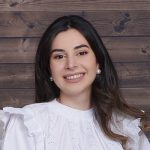It’s finally that time of year again. The cactuses won’t change color, but Starbucks’ PSL greets us as we prepare for cozier weather and everyone’s favorite & upcoming USMLE board exam, Step 1. All of the students in the class of 2025 hope you caught the heavy sarcasm in that last sentence. Classmates one by one are disappearing deeper into their dens, but rather than gathering nuts for hibernation, we are collectively going nuts trying to survive this arduous cognitive marathon.
Every once in a while, I leave my own den to see if my shadow is there (it is not, STEP 1 studying is still here for at least three more months) and when I do, sometimes I catch a glimpse at what has become of medical education. My observations of my own habits and my peers are as follows:
Firstly, there is a desperate attempt to stay entertained while studying when the fear of failure is not enough sympathetic activation for the day. This is aptly demonstrated by when my parents walk into my desk space and see my laptop screen.
“Are you watching cartoons?” they ask. I slowly swivel on my chair; it has sustained imprints from how many hours I’ve spent seated on this corporate throne.
“Yes, they’re medical cartoons though.” Medical school is all cartoons now; this is the only effective way to memorize the pathophysiology and clinical correlates of Trypanosoma cruzi and every other obscure infection. Although Sketchy is far from perfect, I will defend it with my last breath. Anything to uphold the illusion of leisure in animation.
This theme of using alternative mediums for mass learning was apparent again at the beginning of October. It is tradition for artists around the globe to spend every day of the spookiest month of the year using ink as their medium, hence “Inktober.” The Art of Medicine program at our school encouraged the students at UACOMP to do the same, one ink sketch for every day of the month. Each day had a word to prompt a theme for the sketch such as “gargoyle” for day 1 and “scallop” for day 4. In the midst of the Step 1 studying craze, I figured there was no time to indulge in Inktober until one of my classmates declared she would incorporate one disease into every drawing as a way to study. I shamelessly decided to do the same.
A simple Ctrl + F on my First Aid book took me to Hurler Syndrome after typing the word gargoyle. I drew a baby with characteristic “gargoylism” for day 1. For day 4, I was redirected to the way pathologists describe the histology of Graves’ Disease as a “scalloped colloid,” close enough to fit the theme “scallop”. For day 6, the theme was bouquet which reminded me of Rose Gardener’s Disease caused by Sporothrix schenckii. Some journal entries were harder than others, but I got to doodle instead of taking a practice Kaplan Q-bank exam, and that’s a win for me.
Medical education as a whole, has become increasingly visual. Where Netter’s textbook used to be the gold standard, I bought the Anatomy Atlas app for $2.99, gained access to a 3D interactive human body that could show every layer of anatomy, and manipulate any structure to see it from every plane of view with just my fingers on the screen. Learning the gamut of infectious diseases has become almost synonymous with Sketchy Micro. Osmosis uses simplified drawings and the rainbow to highlight key features of Step 1 relevant pathophysiology. Amboss has entire classes of diseases arranged in perfect visual tables. Almost every Anki card of mine has an attached visual aid alongside it. I do not remember the last time I read a textbook.
Perhaps for good reason, many students find traditional lectures insufficient to learn all that is required of them. The more information we encounter, the more we rely on alternate methods to consolidate our knowledge. Whether we realize it or not, the arts are bringing in alternate mediums to aid in learning, and it should be no surprise that students gravitate towards them. You could consider Sketchy or Inktober innovative or you could see it as a call to the past, when Da Vinci and co. spent entire careers dedicated to art and science; the two being nearly inseparable in understanding the other. All I am trying to say is that if there was ever a time we could anthropomorphize and imagine Sketchy, Inktober, and USMLE Step 1 walk into a bar, you’d see me behind the counter, ready to prepare a line of shots to toast and celebrate them as the sole reason I may pass my board exams.
Natalie Nabaty is a medical student from the class of 2025 at UACOMP with so many passions she struggles to juggle them all. Between playing guitar, dancing traditional Assyrian line dances, learning about global health, and serving the community, writing is a skill she is happy to refine while in medical school. She graduated from ASU with a Bachelors in Biology and a minor in Psychology. Natalie also spent time doing research in molecular oncology with the Mayo Clinic and Alzheimer’s Disease with Banner Sun Health Research Institute. When she’s not busy with her hobbies, work, and school, she enjoys spending time with her family and friends, exploring the world, and contemplating her existence.


